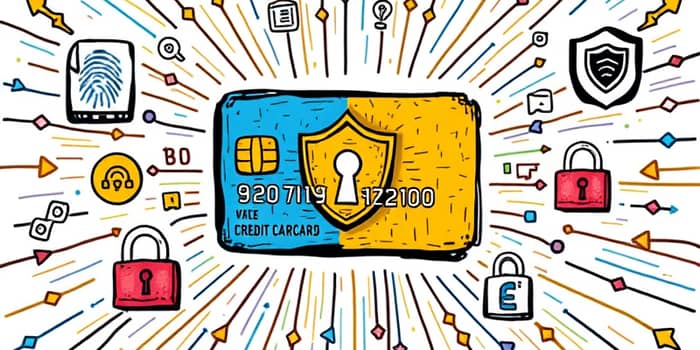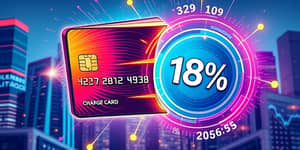
In a world where digital transactions are woven into our daily lives, safeguarding your identity has never been more critical. Credit cards, while offering convenience and rewards, also open doors to sophisticated fraud and theft.
This in-depth guide explores the staggering statistics, real-world mechanisms of theft, and practical strategies to keep your financial life secure and your peace of mind intact.
Credit card fraud is escalating to unprecedented levels, with a 46% year-over-year increase in fraud attempts in recent reports. The United States accounts for nearly half of all global credit card losses, making it the epicenter of these crimes.
By 2026, experts estimate that $43 billion global losses by 2026 will be attributed to credit card fraud, up from $32.4 billion in 2021. Online and e-commerce schemes have surged by 140% over three years, targeting unsuspecting consumers at every turn.
Fraudsters employ a variety of attack vectors to compromise credit card information. Phishing emails and smishing texts lure victims into revealing login credentials or installing malware on devices.
Major data breaches expose millions of documents—driver’s licenses, Social Security cards, birth certificates—fueling a 612% spike in birth certificate thefts. Unsecured public Wi-Fi networks and stolen mail further facilitate account takeovers and unauthorized new account creation.
The human toll of credit card identity theft extends beyond financial loss. People in their 30s report the highest incidence of fraud, while military consumers—particularly veterans and retirees—face disproportionate risk.
Victims grapple with drained bank accounts, ruined credit scores, and the emotional strain of reclaiming their identity. Unexpected credit card statements, frozen funds, and persistent stress highlight the urgent need for robust defense.
Early detection is vital. Recognize the red flags that may signal a breach of your credit card information:
If you spot any of these signs, report unauthorized charges immediately to your card issuer and file a fraud alert with the credit bureaus. Consider freezing your credit to block new accounts from being opened in your name.
Adopting a multi-layered approach to security can dramatically reduce your risk. Start with everyday habits and strengthen them over time.
Fraudsters are harnessing AI, bots, and sophisticated social engineering to evade detection. Account takeovers now target payment apps, leasing agreements, and student loans as fraud monitoring tightens around traditional credit cards.
Businesses deploy advanced AI-driven detection, but user behavior remains a weak link. Staying informed about new scam formats and adapting your defenses is key to staying one step ahead.
Should you fall victim to identity theft, the following resources can help you take control:
Credit card fraud and identity theft are relentless, but so is your ability to defend against them. By understanding the threats, recognizing the signs, and implementing layered protection strategies that adapt, you can protect what matters most.
Empower yourself with knowledge, vigilance, and the right tools. Your identity is invaluable—guard it with unwavering determination and smart, proactive measures.
References













